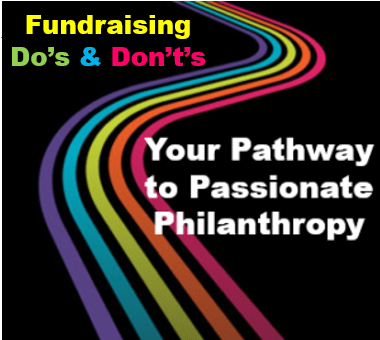Today would have been Dr. Martin Luther King’s 91st birthday. During his lifetime he challenged us to recognize the privilege of being part of the struggle for goodness to prevail. He did not live to get to the promised land, yet he saw it from the mountain top. And in his famous speech he mused on the question of what he would say were he to be given the extraordinary opportunity to live in any moment in history. His answer to the Almighty was, “If you allow me to live just a few years in the second half of the twentieth century, I will be happy.”
Today we are here, and our challenge is whether we can approach our world with the same degree of gratitude and moral resolve. Our times are challenging. Political division, escalating, senseless violence across the planet, threats to free speech, the spread of fake news, a deepening divide between classes, the existential threat of climate change, and a creeping sense of dread as events begin to seem out of our control. The world can seem a cruel and barbaric place. Philanthropy – love of humankind — can seem elusive. Yet it’s right here. In each of us.
King challenges us to recognize that even in dark times, there is light to be found: “I know that it’s only when it is dark enough that one can see the stars.” As we toil in the vineyards of the social benefit sector, it is our privilege — and responsibility — to carry Dr. King’s torch and let shine the light. To muster all our spiritual, moral, individual, and communal resources to drive out the darkness. Today, with my annual “I Have a Dream” post, I invite you to consider what you can do to adapt, stay positive and make a beneficial impact on the world within and around you — yourself, your family, your friends, your neighbors and strangers.
“The time is always right to do what is right.” ~ Martin Luther King Jr.
I have a dream for 2020 – and beyond. I have a dream this is the year your organization will move beyond defining yourself by what you’re not (nonprofit) and will begin to define yourself by what you are (social benefit). I have a dream this is the year your people will move from an attitude of taking and hitting people up (aka “fundraising”) to a mindset of giving and lifting people up (aka “philanthropy”). I have a dream this is the year your staff and volunteers will move from enacting transactions to enabling transformation.
I have a dream you will push yourself and your organization this year. You will take the bull by the horns, adapt to the digital revolution and open yourself to the possibilities change brings. You will give up on the static donor pyramid, ladder and funnel theory of engagement and put your donor at the center of a new, active engagement model that reflects the myriad ways people connect with organizations and causes today. You will find donors where they are.
I have a dream you will learn who your best influencers and advocates are and you will embrace them. You will recognize you are no longer your best messenger. You will understand many forces beyond you influence your donor’s decision to invest with you, and you will expand your thinking and operations from a one-dimensional to a multi-dimensional model. You will allow your constituents to engage with you at multiple points of entry, and to move freely between these points during the life cycle of their engagement.
I have a dream you will think big, because thinking small will not get you where you need to go.
Details










 I’m excited to share three easy tips with you, and the results are measurable. Do these things and you’ll be able to tell if they impact your bottom line!
I’m excited to share three easy tips with you, and the results are measurable. Do these things and you’ll be able to tell if they impact your bottom line!